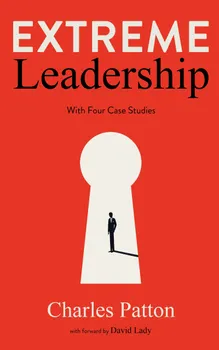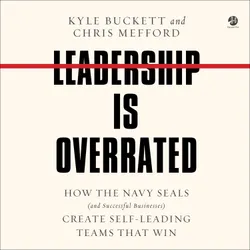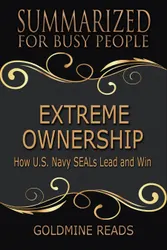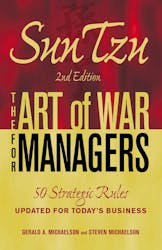Leadership is a curious topic. It is most noted in its absence and most measured by its need. Leadership requires opportunity. Leadership is driven by the situation; what worked in one situation may be disastrous in another. It requires skills to be able to direct the challenge at hand. Leadership is both an art and a science. It is theoretical and applied, cultural and contextual. Most importantly, leadership is about accomplishment and results. Let's face it; talking about leadership is tough and, in many ways, counter-intuitive. Many people want to be leaders and some people prefer to follow a leader; but followers want to follow not just any leader, they want to follow a great leader. Business leadership textbooks often focus on the process and theory of leadership. Not what it is but what it looks like or what it has accomplished. Terms like "neo-charismatic" and "non-hierarchical cross-culture participator" are used. Pictures are drawn showing pyramids and "leadership process flows" with colored boxes containing "value-risk qualifiers." I have even read in textbooks that leadership is a dated concept, and today, it is the social environment and individual "zones of comfort" that produce accomplishments. Mumbo-jumbo!
I believe if you want to have the things that great people have, you have to do the things great people do. The single most identifiable characteristic of successful people is that they are successful leaders. This is why Mr. Patton developed the term Extreme Leadership for this book and why the book focuses more on extreme examples than process flows and models. Charles' writing style is straight-ahead, and his content lays it out as it is. This book is designed as a supplement to graduate-level leadership courses. However, it is also very readable and interesting, and applicable to all aspects of life. This book sends the important message that It is okay to lead; it is okay to be a leader. It is also okay to follow. And that anyone who wants to lead can learn to lead. Hopefully, after reading this book and thinking about the case studies, you will have a rounded view of leadership, start to see when opportunities are presented, and be able to leverage them for your own leadership successes. Dr. D. E. Lady















